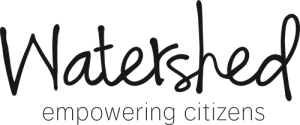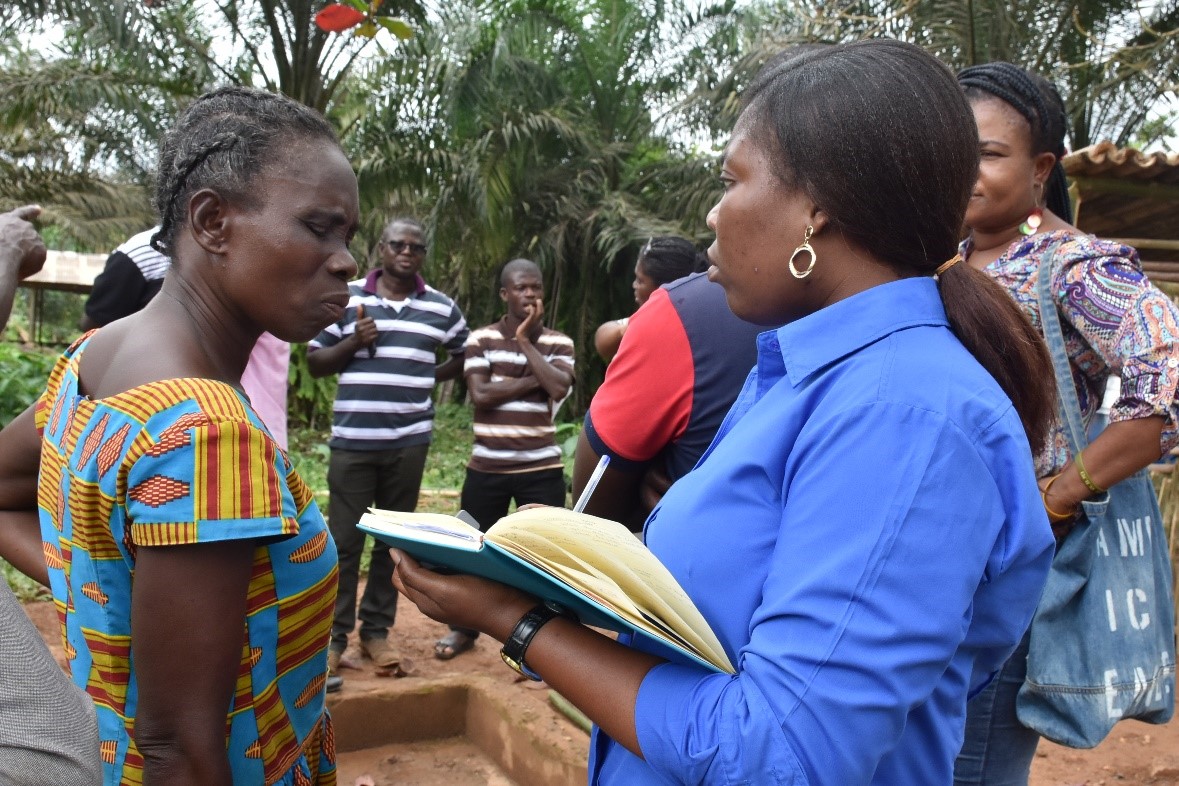During a Watershed field trip, a community leader experiences a lightbulb moment.
“They are drinking our shit”, remarked a community member from Domeabra (Ghana) and started laughing as he realised the ridiculousness of open defecation. This occurred during a visit to the community under the Watershed programme. This visit was to allow partners to see how water, sanitation and hygiene (WASH) and integrated water resource management (IWRM) are actually visible on the ground and what the issues are.
The Watershed programme is an ambitious initiative to empower citizens in six countries (Bangladesh, Ghana, India, Kenya, Mali and Uganda), which is underpinned by the principle that to ensure a sustainable supply of good quality drinking water for all, water sources should be properly managed.
The Watershed publication “WASH and water security” provides a good and solid theoretical background for this. However, the challenge is to translate this into practical actions that civil society partners, local governments and communities can engage in and can advocate for.
To understand the linkage, we keep asking ourselves two questions:
- Where and how is drinking water under threat due to poor water resource management? – or where is SDG 6.1 under threat from problems occurring under SDGs 6.4 and 6.5
- Where and how is poor sanitation a threat to other water resources? – or where is SDG 6.2 a threat to SDGs 6.3 and 6.5
For the first question, the team went to look at a solar handpump, of which the handpump is working, but the solar component not due to lack of a belt. A second borehole, just 15 m further, was indicated to have poor water quality (iron?). The third source was a hand dug protected well in the community square which dries up in the dry season. For the latter, we discussed the potential of aquifer recharge using the nearby (20 m) abandoned shallow well.
For the second question, we visited the communal toilet, which to outsiders has a startling lack of privacy, though is common in Ghana. We discussed the lack of hygiene and handwashing, and the potential pollution from the pit into the groundwater. However, the drinking water sources are well over 100 m away and in the hard laterite soil, contamination is not likely to happen.
Unfortunately, however, not everyone uses the latrines, and open defecation is still taking place. We therefore set off to see the stream and this is where it became interesting. As the video shows, we talked about how the rain transports the shit (faeces) to the stream which flows into the neighbouring village. Though I really dislike watching myself (and getting an uncomfortable “white man complex”), I like seeing how community leader Joseph Ankomah is talking with his colleagues and how this leads to the light bulb moment that makes the tall man laugh, even though it is a serious topic.
This video is by Mathew Dadzie from GWJN (Ghana Watsan Journalist Network)
Following this exchange, we zoomed in on the discarded toothbrush and plastic waste in general. This brought up the actions to better manage solid waste and continue to promote the use of latrines. As developing partners, we will be advocating with the community for spare parts and will work on better, credible water quality testing.
Blog written by Arjen Naafs (IRC)

